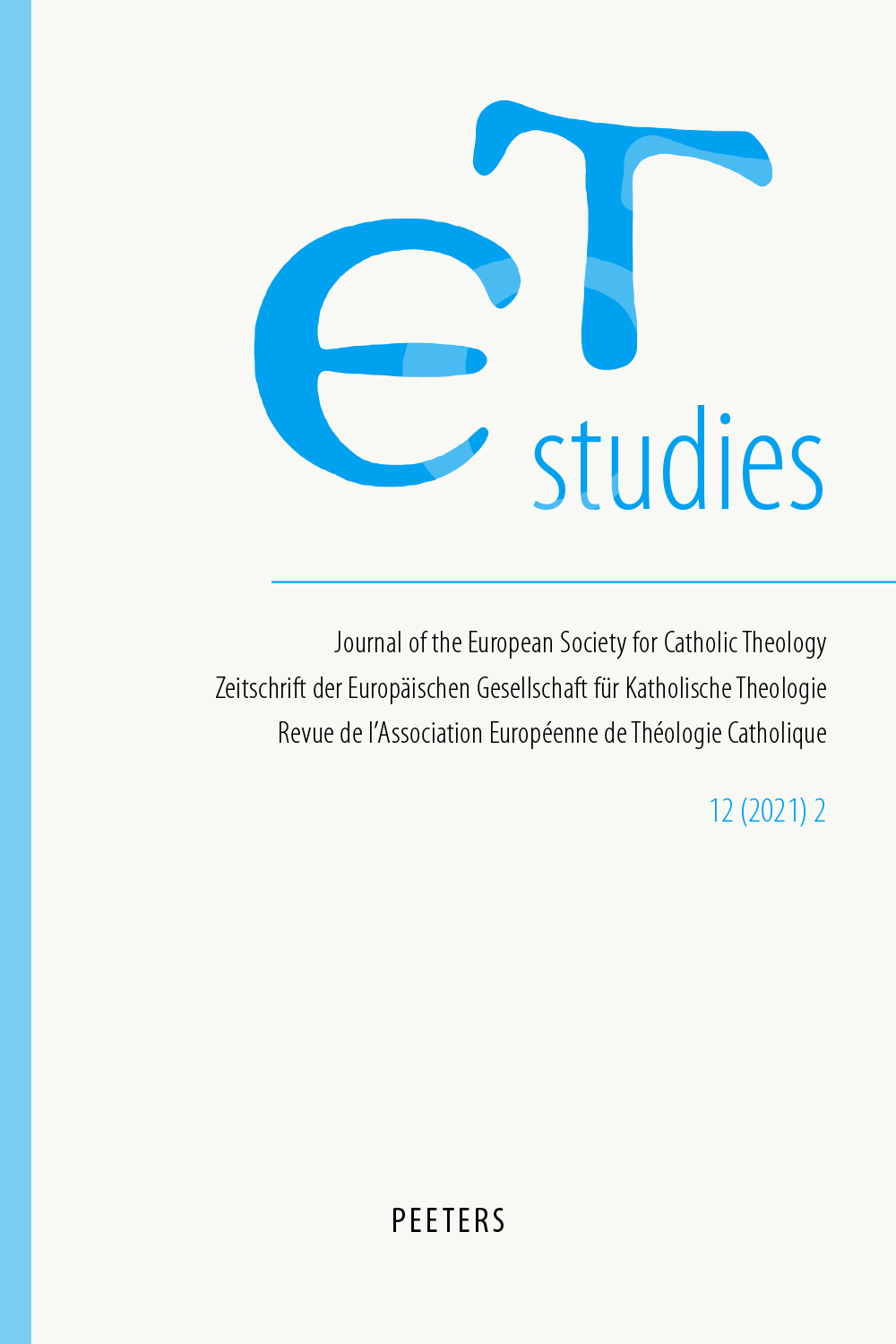 previous article in this issue previous article in this issue | next article in this issue  |

|
Document Details : Title: Kirchenfreiheit und Reformen (1840-1960) Subtitle: Der Weg der katholischen Kirche in Brasilien bis zum Vorabend des 2. Vatikanischen Konzils Author(s): DIEL, Paulo Fernando Journal: ET-Studies Volume: 10 Issue: 1 Date: 2019 Pages: 87-106 DOI: 10.2143/ETS.10.1.3286040 Abstract : Ziel dieses Aufsatzes ist es, den Weg der katholischen Kirche in Brasilien zwischen 1840 und 1960 zu beschreiben. Es handelt sich um eine intensive Zeitspanne, die vom Ende der kolonialen Christenheit und des Patronats geprägt war sowie von den mit der Gründung der Republik (1889) einhergehenden Herausforderungen der Kirche im Umgang mit der Religionsfreiheit und der Förderung von Reformen. Drei Perioden bestimmen das Verhältnis zwischen Kirche und Freiheit: Zunächst sehnt sich die Kirche nach Freiheit (1840-1889), doch diese wird ihr vom Staat nicht gewährt; in der zweiten Periode bietet der Staat ihr die Freiheit, sie aber nimmt sie nicht an (1889-1930); in der dritten Periode erkämpft sich die Kirche ihre Freiheit und gibt den Traum von der Einheit zwischen Altar und Thron auf (1930-1960). Diese drei historischen Momente sind von Veränderungen und Reformen gekennzeichnet, die sowohl binnenkirchliche Strukturen als auch ihr Verhältnis zum Staat betreffen. Die Kirchenfreiheit ermöglichte der Kirche, die katholische Reform umzusetzen sowie eine durch die Orientierung an Rom veranlasste, weitgehende institutionelle Wiederherstellung zu fördern. Mittels einer institutionellen Organisation gelang es der Kirche, allmählich ihre Autonomie zu erlangen und die Nähe zum Volk zu suchen, mit dem sie durch die Unterstützung der Laien und des nun organisierten brasilianischen Episkopats einen Prozess der Umkehr begann. Dieses lange Jahrhundert bereitete die Kirche in Brasilien auf die Reformen des 2. Vatikanischen Konzils vor, bei dem sie eine große Protagonistin werden sollte. The aim of this paper is to describe the pathway of the Catholic Church in Brazil between 1840 and 1960. It was an intense period that was marked by the end of colonial Christendom and patronage as well as the founding of the Republic (1889) and challenges to the church on how to deal with religious freedom and promoting reform. Three periods mark the relationship between the church and freedom: first, the church desired its independence (1840-1889) but the state did not grant it; second, the state offered freedom but the church did not take it (1889-1930); and in the third period, the church struggled for its freedom while giving up the vision of the unity of Altar and Throne (1930-1960). These three historical moments were marked by changes and reforms, which concern both inner-church structures and its relationship with the state. Religious independence has enabled the church to implement Catholic reforms and to promote wide-ranging institutional reinvigoration through the realpolitik of Rome. By means of its institutional organisation, the church regained its autonomy while seeking to remain close to the people. The reorganised Brazilian episcopacy began to support the laity and initiated a conversion process. This long century prepared the church in Brazil for the great reforms of the Second Vatican Council, at which it would be a major protagonist. Cet article a pour objectif de décrire le chemin suivi par l’Église catholique au Brésil entre 1840 et 1960. Ce fut une période intense, marquée par la fin de la chrétienté et du patronage coloniaux, ainsi que par la fondation de la république (1889), et par les défis lancés à l’Église sur la manière de traiter de la liberté religieuse et de promouvoir la réforme. Trois périodes marquent le rapport entre l’Église et la liberté: d’abord, l’Église a désiré son indépendance (1840-1889), mais l’État ne la lui a pas accordée; puis l’État a offert la liberté mais l’Église ne l’a pas prise (1889-1930); et dans la troisième période, l’Église s’est battue pour la liberté, tout en abandonnant la vision de l’unité de l’autel et du trône (1930-1960). Ces trois moments historiques ont été marqués par des changements et des réformes concernant à la fois les structures internes de l’Église et ses relations avec l’État. L’indépendance de l’Église lui a permis de mettre en oeuvre des réformes catholiques et de promouvoir une revitalisation institutionnelle à grande échelle, à travers l’orientation vers Rome. Au moyen de son réorganisation institutionnelle, l’Église a retrouvé son autonomie en cherchant à rester proche du peuple. L’épiscopat brésilien réorganisé a commencé à soutenir les laïcs et a initié un processus de conversion. Tout au long de ce siècle, l’Église du Brésil s’est préparée aux grandes réformes du Concile Vatican II dont elle a été un des protagonistes majeurs. |
 |
